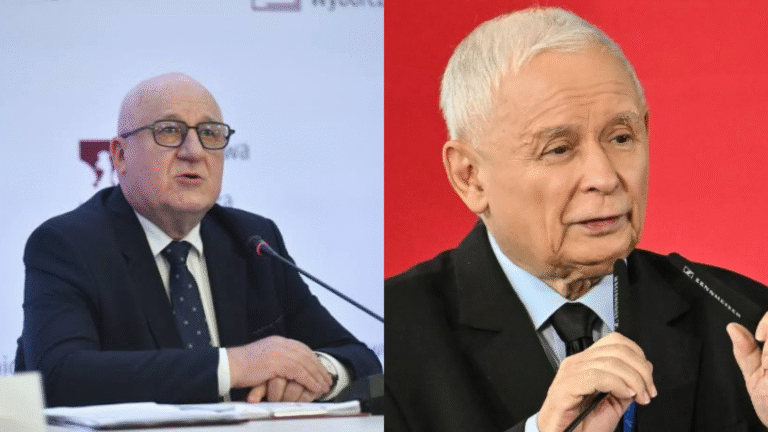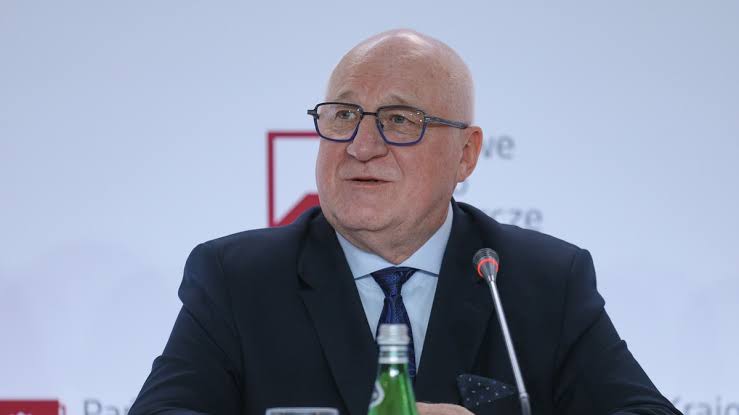United Airlines CEO argues low-cost carriers have no future at SFO: ‘It’s just math
United Airlines CEO Scott Kirby Challenges the Viability of Low-Cost Carriers at Major Airports.
In a recent earnings call on January 22, 2025, United Airlines CEO Scott Kirby expressed skepticism about the sustainability of low-cost carriers (LCCs) operating profitably at major U.S. airports, including San Francisco International Airport (SFO). Kirby highlighted escalating operational costs as a significant barrier for these carriers, suggesting that economic realities are rendering their business models untenable in high-cost environments.
Economic Pressures at Major Airports
Kirby underscored the financial challenges faced by LCCs at major airports, citing specific figures to illustrate the disparity between costs and revenues. He noted that at New York’s three major airports, airlines incur expenses of $48 per passenger, while the average fare charged by ultra-low-cost carriers is approximately $67. This means that about 72% of the fare is consumed by airport costs alone, leaving a narrow margin to cover other operational expenses and achieve profitability. Kirby extrapolated this scenario to other major hubs, stating, “I just don’t see how it’s possible to be a low-cost carrier and fly profitably to New York airports or Chicago or Los Angeles or San Francisco.”
SFO’s Diverse Airline Ecosystem
In response to Kirby’s assertions, SFO spokesperson Doug Yakel emphasized the airport’s commitment to maintaining a diverse airline ecosystem. Yakel highlighted that SFO hosts over 50 airlines, including several low-cost carriers such as Breeze, Condor, French Bee, Flair, Frontier, JetBlue, LEVEL, Southwest, Sun Country, and WestJet. He stated, “SFO works to attract all types of airlines, including low-cost carriers,” underscoring the airport’s efforts to accommodate various business models despite the challenging economic landscape.
United Airlines’ Dominance at SFO
United Airlines maintains a substantial presence at SFO, accounting for 46.7% of the combined market share of domestic and international flights in 2023. The second-largest carrier, Alaska Airlines, held a 12.3% market share during the same period. This dominant position allows United to leverage economies of scale and negotiate more favorable terms, potentially mitigating some of the cost pressures that heavily impact smaller carriers.
Challenges Facing Low-Cost Carriers
The broader airline industry has observed a trend where low-cost carriers are grappling with increased operational costs, including rising wages and fuel prices, which have eroded their traditional cost advantages. For instance, Spirit Airlines filed for bankruptcy protection, highlighting the financial vulnerabilities within the low-cost segment. To adapt, some LCCs are introducing premium offerings and adjusting their business models to attract a broader customer base. However, these strategies may lead to higher prices and fewer route options for travelers, challenging the very premise of low-cost air travel.
Industry-Wide Capacity Constraints
Kirby’s comments also reflect a broader industry trend of reducing domestic seat capacity, a strategy that has contributed to higher ticket prices and improved profitability for major carriers. This pullback in capacity is viewed as a durable trend, influenced by high operating costs at major airports and a shortage of aircraft due to production and engine delays. These factors collectively constrain the growth plans of airlines, particularly affecting the availability of wide-body jets essential for long-haul flights. Consequently, network carriers like United are better positioned to navigate these challenges, potentially increasing their market share in key markets.
The Future Landscape of Air Travel
The evolving dynamics at major airports like SFO suggest a potential shift in the air travel landscape, where traditional network carriers may strengthen their positions while low-cost carriers reassess their operational strategies. As operational costs continue to rise and capacity constraints persist, the viability of the low-cost model at high-cost airports remains uncertain. Travelers may experience changes in fare structures and service offerings as airlines adapt to these economic pressures.
In conclusion, United Airlines CEO Scott Kirby’s remarks shed light on the economic challenges confronting low-cost carriers at major U.S. airports. The interplay between escalating operational costs, capacity constraints, and evolving business models is reshaping the competitive landscape of the airline industry, with significant implications for carriers and travelers alike.






